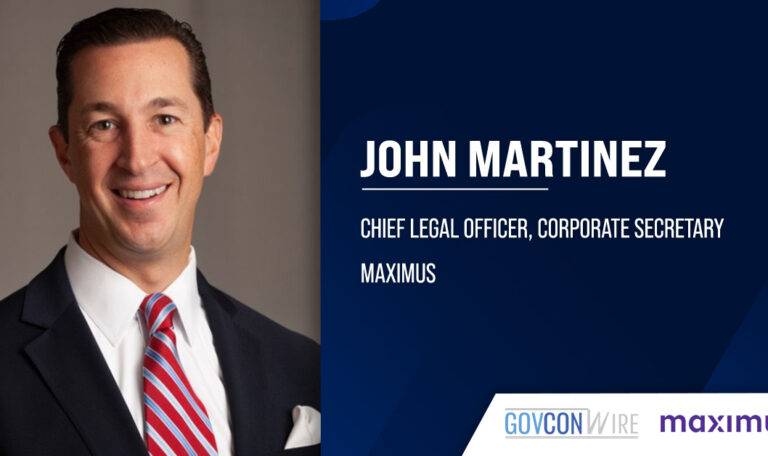Leidos (NYSE: LDOS) has announced key leadership changes and realigned its operating groups into five sectors, effective Jan. 1, as part of efforts to execute its long-term strategy and drive innovation.
Gerry Fasano, president of Leidos’ defense group and a four-time Wash100 awardee, will transition to the role of chief growth officer with oversight of strategy, government affairs, communications, sales and marketing operations, the company said Thursday.
Carly Kimball, chief accounting officer and corporate controller, will assume the role of chief performance officer and will be responsible for program execution, procurement, information technology, security and real estate.
Fasano and Kimball will be part of the company’s executive leadership team that includes Chief Technology Officer Jim Carlini; General Counsel and Corporate Secretary Jerry Howe; Chief Human Resources Officer Maureen Waterston; and Chief Financial Officer Chris Cage.
Defense systems, digital modernization, health and civil, national security and commercial and international segments will serve as the five operating sectors of Leidos.
Cindy Gruensfelder, a 35-year Boeing (NYSE: BA) veteran, will lead the defense systems sector of Leidos as president.
Roy Stevens, president of Leidos’ intelligence group and a previous Wash100 awardee, will lead the national security sector.
Leidos Health Group President Liz Porter will oversee the health and civil sector; Steve Hull, executive vice president and operations manager for the company’s enterprise and cyber solutions portfolio, will be responsible for the digital modernization segment; and Vicki Schmanske, EVP of Leidos’ corporate operations, will oversee the commercial and international sector.
Steve Cook will continue to serve as president of Leidos subsidiary Dynetics, which was acquired in January 2020.
Leidos CEO Thomas Bell told analysts during an earnings call on Tuesday that the realignment is part of the company’s “north star” strategy, called Leidos Next, that seeks to “promote operational excellence, allow faster decision-making and more tightly align our business around key technology discriminators.”
“By streamlining the organization and encouraging decision-making at the appropriate levels, we’ll be more efficient and responsive to market changes and customer needs,” Bell added.















